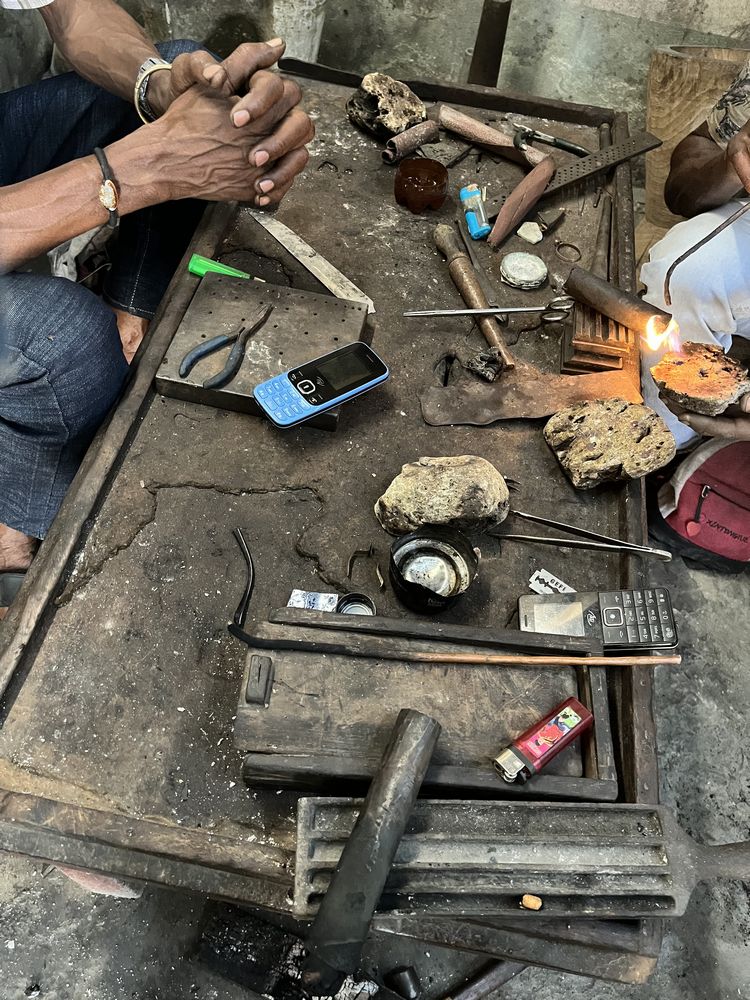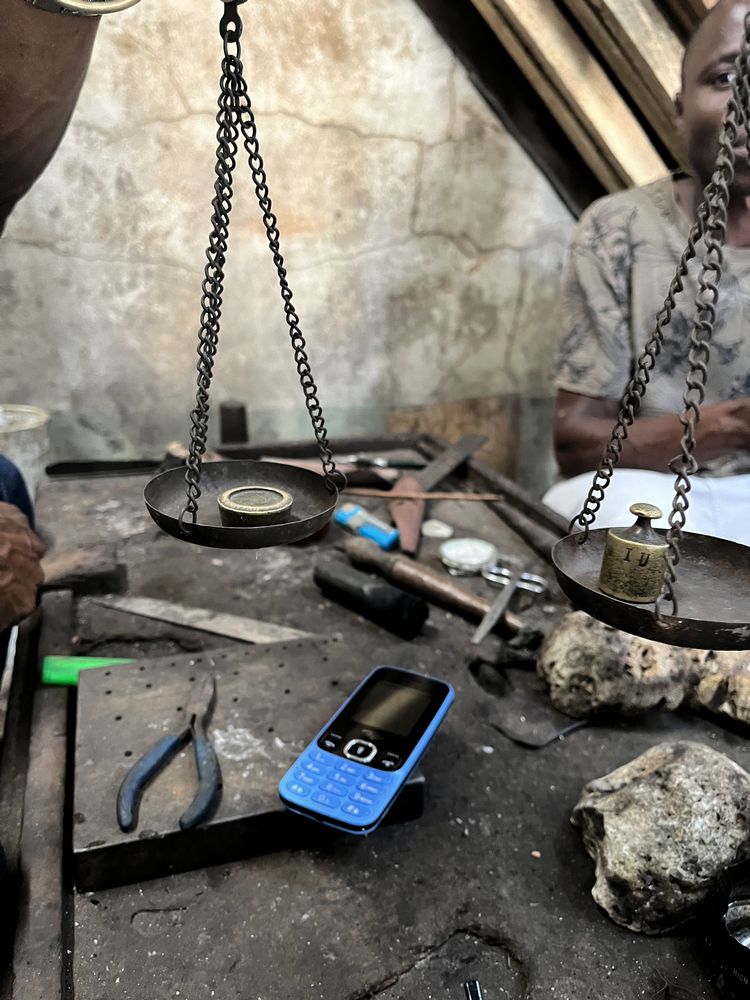From the Frontlines of Research and Studies [Mozambique]: MATSUI Azusa (National Museum of Ethnology )

The National Institutes for the Humanities (NIHU) sends young scholars, who are participants in Institute-based projects and co-creation initiatives, to international seminars and research institutions abroad, including universities. This program aims to promote NIHU’s projects and support young scholars in their academic studies, presentations at international seminars, and other overseas research opportunities.
In this issue, we feature a report from MATSUI Azusa of National Museum of Ethnology , who was dispatched to Mozambique.
I have been conducting fieldwork on Mozambique Island since 2017. Located in the Indian Ocean off the northern coast of the Republic of Mozambique, the small island historically flourished as a trade hub between the Arab world and the Swahili coast. After Vasco da Gama’s visit in 1498 the island came under the colonial rule of Portugal, and it was the location of the colonial capital until 1898. The rich cultural heritage brought from the outside world in the course of that history has accumulated on the tiny island, some of which still remain there today. The goldsmithing that I studied can be considered a part of this heritage. While my main research explores the neighborhood-based relationships of women centering on the family I stay with, I grew interested in and decided to research the gold craft because my host’s husband was a goldsmith. The women of the island are elegantly adorned with gold accessories—rings, pierced earrings, necklaces, and other items.

I visited the workshop of a nearly 90-year-old man who has been a goldsmith since the colonial era, and found many large machines and small tools there. The artisan told me that they had been brought over from India during the colonial era, and that his mestre, or master, was an Indian who came to the island from Mumbai. Documentary research failed to yield sufficient information to describe the specific background or route for the introduction to Mozambique and other coastal east African regions of goldsmithing technology from India, or the roots of the Indians who transferred the technology. Given the constraints of information available, I narrowed my research to examine how skills and equipment were brought in from western India during the twentieth century, which was one of the likely routes by which goldsmithing techniques were introduced to coastal east Africa.


The research recorded the tools owned by two workshops on the island and identified the ones that are said to have been left by Indians. My next task, through documentary research, is to compare them with the tools used in India to examine similarities and differences. The research also revealed that the aforementioned mestre was likely from Diu, formerly Portuguese India, and that his son currently practices goldsmithing in Lisbon. Plans are underway to conduct a detailed interview with the son about the mestre’s origins and the goldsmithing industry around the time his father was on the island.
The research was conducted following my acceptance as a visiting research fellow at the Centro de Estudos Africanos, Universidade Eduardo Mondlane, Mozambique.
MATSUI Azusa
Research Fellow, Center for Innovative Research, National Institute for the Humanities Project Assistant Professor, Center for Indian Ocean Studies, The National Museum of Ethnology
MATSUI Azusa specializes in African area studies. After graduating from the Division of African Area Studies, Graduate School of Asian and African Area Studies of the Kyoto University, she assumed her present position in August 2022. She conducts fieldwork on the neighborhood relations of women on the small island of Mozambique.
